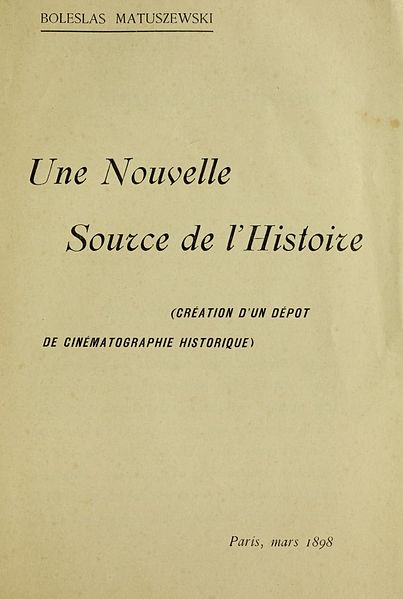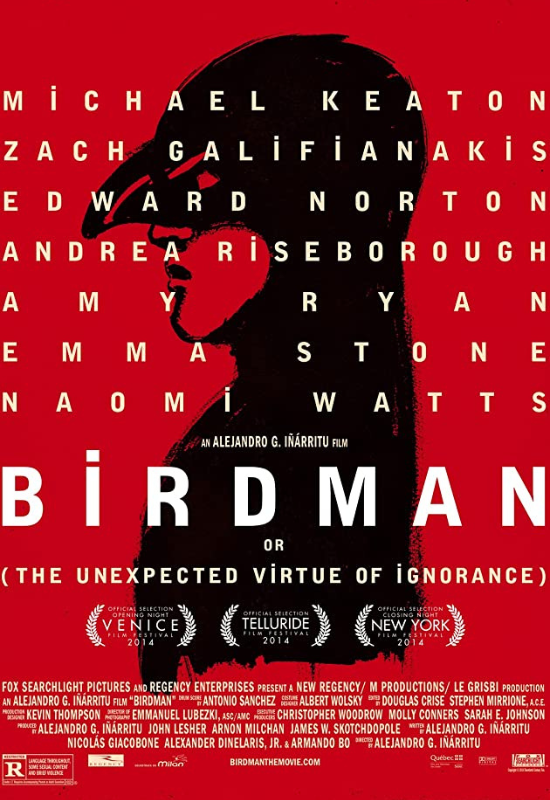Japan's cinematic legacy is rich and varied, stemming from the country known as the Land of the Rising Sun. Japanese film encompasses a wide range of genres and styles, reflecting the nation's distinct cultural legacy and historical influences. Japanese cinema, which is highly regarded for its skill, deft storytelling, and unique aesthetics, frequently examines global themes from a complex cultural standpoint. Japanese cinema has had a profound influence on the world of film, from modern masterpieces to classics from renowned directors like Akira Kurosawa. These movies, which embrace both conventional narrative and avant-garde experimentation, provide an engrossing look at the intricacies of Japanese society, folklore, and human experiences. Films of Japan make a substantial contribution to the worldwide cinematic landscape by showcasing authentic, creative, and unmatched storytelling skills, whether they be samurai epics, animated marvels, or intimate family dramas.
Read Article


